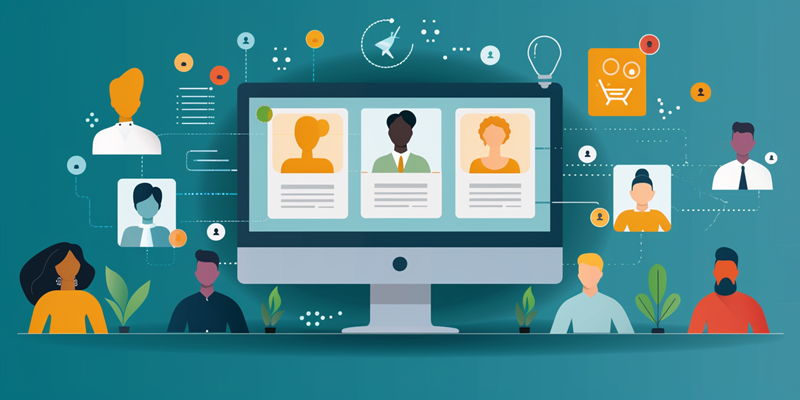Selecting the optimal Applicant Tracking System (ATS) is a strategic undertaking for human resources professionals aiming to refine their recruiting efforts. An effective ATS is instrumental in streamlining recruitment processes, conserving valuable time and resources, and assisting in the acquisition of exceptional talent. The journey begins with an understanding of the organization’s unique requirements and securing the necessary financial investment by demonstrating the return on investment to finance departments. Equally imperative is the consideration of the system’s scalability and future-proofing. As businesses evolve, it is vital that the ATS can adapt accordingly. This foresight will serve to support a system’s longevity, underscoring its worth as a prolonged investment. Including stakeholders from cross-functional teams in this process helps cultivate a more inclusive discussion, guaranteeing that the selected ATS addresses the diverse needs of the entire operation.
Importance of Integrated Solutions in ATS
In the current technological landscape, ATS platforms offer considerably more than basic applicant tracking. They now encompass entire HR management systems, including modules for onboarding, performance evaluation, and advanced HR analytics. This integrated approach ensures a cohesive, streamlined experience that accelerates HR operations and promotes organizational advancement. Articulating the value that an ATS’s comprehensive toolset provides is critical. These all-in-one platforms not only condense multiple HR functions into a single streamlined system but also create synergies between processes, allowing for a unified system that enhances both the applicant’s journey and the HR department’s efficacy.
The choice of an ATS with extensive capabilities is not merely a matter of convenience but a strategic decision that carries implications for future growth and scalability. By lucidly delineating the benefits of such an ATS, HR professionals can make an informed decision that not just meets their current needs but provides a foundation for future HR initiatives. Such foresight ensures that the adoption of new HR technologies dovetails with the evolving strategic objectives, enabling HR departments to remain agile and responsive to emerging organizational challenges.
User Experience and Accessibility
The interface of an ATS is a facet that requires particular scrutiny, as it directly impacts the adoption and efficacy of the system amongst its user base, which extends from the HR team to the hiring managers and candidates. The User Experience (UX) stands out as a pivotal element; an ATS that boasts an intuitive design can significantly lessen the learning curve and facilitate widespread adoption within the organization. The responsiveness and satisfaction derived from a well-designed system translate into tangible efficiency gains—a critical metric in the fast-paced sphere of human resources.
HR professionals should proactively delve into free trials and ask for comprehensive demonstrations to evaluate various ATS platforms, considering not just the functionality but also the user journey. Testing the system allows teams to gauge its intuitiveness and confirm whether it aligns with their internal workflows. As the landscape of employment and recruitment continues to become more competitive, leveraging an ATS that offers a frictionless experience can prove to be a decisive factor in cultivating and maintaining a strong talent pipeline, therefore positioning the company as an employer of choice.
Vendor Support and Training
Efficient support and training from the ATS vendor play a crucial role in system implementation and ongoing use. A vendor with a robust support infrastructure can assist with troubleshooting, updates, and optimization—services that ensure the ATS continues to meet organizational needs effectively. Moreover, comprehensive training resources empower users to fully utilize the system’s capabilities.
When selecting an ATS, HR managers should evaluate the level of support and training provided by the vendor. This includes assessing the availability of customer service representatives, the responsiveness to inquiries, and the quality of training materials. A vendor committed to customer success will offer various support channels, such as live chat, email, phone support, and a help desk. They should also provide a wealth of training options that cater to different learning styles, including video tutorials, detailed documentation, live webinars, and onsite training sessions.
The vendor’s dedication to customer service is not just beneficial for the immediate onboarding process but also for the long-term relationship. It’s imperative to partner with a vendor that allocates resources to keep clients updated on the latest features and best practices. Such a partnership assures that the ATS will evolve alongside the company, perpetuating alignment with HR goals and increasing the system’s return on investment over time.

